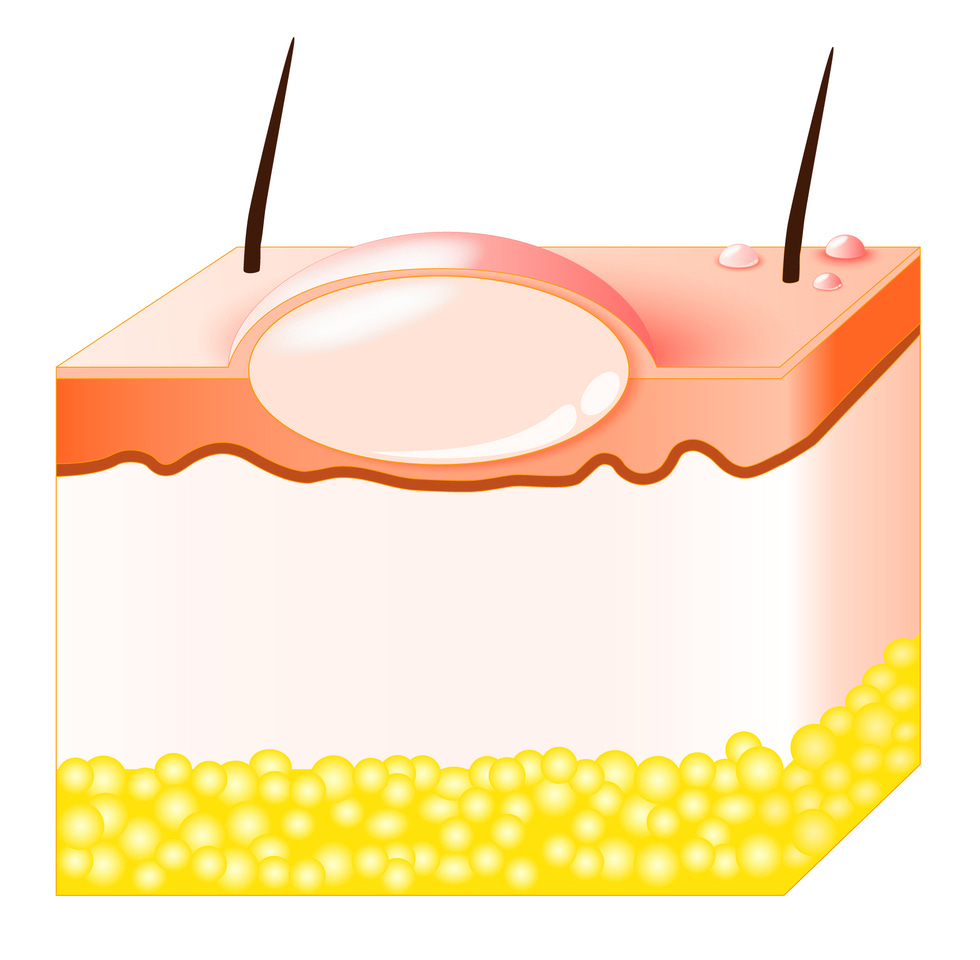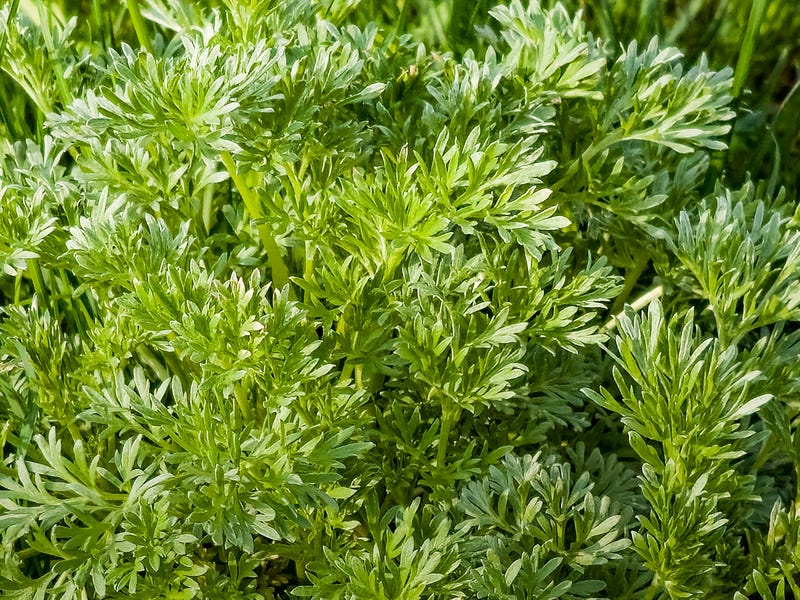It’s been said that many scientists are playing God, but what if they are actually involved in much more sinister endeavors? It’s the time of the year when people are spending more time outdoors; and many are being bitten by mosquitoes, some of which might have been engineered in a laboratory. They could be weaponized, genetically modified, or developed to spread a disease or inoculate against a disease. It behooves all of us to take some protective measures: socks, long sleeves, hats, insect repellent, and internal remedies in case symptoms arise.
The video is only two minutes, but it is only the tip of the iceberg.
If we go back over the known history of humanity, including some archaeological finds, the number one cause of death among our species has been malaria. In the parlance of the Bethesda Naval Hospital, swamps infested with mosquitoes have a mission aborting potential. What could possibly go wrong if engineered mosquitoes are unleashed on unsuspecting communities?
Malaria is not the only disease spread by mosquitoes. Dengue fever, chikungunya, yellow fever, zika virus, various forms of encephalitis, and a host of other diseases as well as parasitic infections can stem from mosquito bites. The jury is still out regarding Lyme disease can be spread by mosquitoes, but the official answer in mid-2023 is “probably not”. . .
Laboratories have been studying mosquitoes and releasing them, for testing, for decades. A test may involve the release of hundreds of millions of mosquitoes — without the consent of local populations or those responsible for public health. In the U.S., an Experimental Use Permit from the EPA is required. Motivations may vary from simple curiosity to sincere attempts to control disease, including inoculating individuals against their will, or perhaps causing a condition like infertility. The list is always growing and is by no means complete.
Laboratory mosquitoes have been released in Florida, Brazil, the Cayman Islands, Singapore, Thailand, Mexico, Australia, and probably Puerto Rico. California and Texas both allowed the release of predominantly male Aedes aegypti mosquitoes that were deliberately infected with Wolbachia bacteria under the premise that if they mate with wild mosquitoes, the eggs will not hatch. What could possibly go wrong.
Science likes to work with single hypotheses so the theories behind the experimental releases are often unique to one issue. Wolbachia bacteria are found in many insects, but not Aedes aegypti mosquitoes, the most dangerous type where malaria and many other diseases are concerned. Technically speaking, these Wolbachia mosquitoes are merely infected, not genetically modified.
There are probably multiple ways to manipulate genes, but one method used on Aedes aegypti mosquitoes involves altering a gene so that female mosquitoes do not mature. Another gene may create a fluorescent marker to identify the mosquitoes in the wild.
As a kind of aside, one that might give context to this statement, roughly thirty years ago, I sold my clinic in Santa Fe to a researcher who was studying fireflies . . . in order to divest them of their secret as to what makes them glow. Maybe she succeeded in her effort.
My genes come from a lineage in which we observed without manipulating. The motto was:
“If you wish to understand Nature, do not disturb Her.”
For those who spend their lives tinkering, I am sure some revel in the idea that their efforts have achieved something noteworthy. I understand this, but we can protect ourselves to some extent using proper apparel, having screens on the windows, mosquito nets over our beds, and using plants and essential oils to repel mosquitoes. For example, if one likes to sit outside on the patio or garden, try surrounding the area with aromatic plants. Mosquitoes are attracted by warm blood and various odors. Plants can mask odors enough that the mosquitoes are not attracted by the scent of the humans and animals. What you might want to plant depends obviously on your climate, but think about mints, basils, garlic, and perhaps potted plants like geraniums, catnip, and culinary herbs like fennel, dill, tarragon, and cumin. Lantana is very colorful and is a good repellent as are citronella, gingergrass, and lemongrass.
Many of these same plants have essential oils that can be made into candles or put in jars of water where candles float. You can also add herbs to the water so that the aroma wafts close to where you are and protects you from bloodthirsty mosquitoes. This video is only one minute!
There are many projects one can do at home, some simpler than others. Making one’s own mosquito-repellent candle requires some wax, a wick, a mold, and essential oils.
For a major occasion, you can use what we call luau torches, same idea, but bigger!
On a more serious note, some mosquito bites may itch for a while, but even when the irritation subsides, it does not mean that one is home safe. For example, one October, perhaps 20 years ago, I was in a hotel in Germany. The room was really hot and there was no way to turn off the heat so I opened a window. During the night, I was bitten on the ankles. Wheals or bullae appeared every year after that. They were pale in color and occurred exactly where the bites were. They were painful so, against the advice of online pundits, I lanced them, had a look at the fluids under the microscope, and found blistered parasites in the fluid. I presumed the fluid was acidic and fried the parasites, but the mosquitoes seemed to have dumped a payload. I took anti-parasitic herbs and followed up with detoxifying herbs, after which there was no further recurrence.
One of the most famous anti-parasitic herbs is Artemisia annua, also known as sweet wormwood or sweet annie. I have been working with groups in Africa for the last 20 years to promote cultivation of this amazing plant. It is easy to grow and easy to process as an herbal remedy: fresh, juiced, dried and encapsulated, or extracted in alcohol, vinegar, or glycerin. It is not merely protective against malaria, but has been effective in some treatments of cancer as well as viral diseases. I do not really like to rattle my tin cup, but I have an idea for a product that would require an investment so if anyone is interested, please write. Just to be clear, at 80, my goal is to promote wellness, not develop companies, so it is the product information I want to share, not the work to manifest it.
We are nearing the five-month anniversary of launching Substack. My goal has been to focus on one key point in each post, not to write a book on any particular topic. I read all the comments and pay attention to feedback so using the like and comment buttons really helps. We are actively considering adding podcasting, but the decision will be based on feedback from subscribers. Please share your suggestions with Balaji or me.
The next major post will be on parasites. There are many types of parasites. The ones that cause malaria and babesia live mainly inside red blood cells until the cells rupture and they migrate. There are also parasites that live in the plasma. They eat some nutrients but mainly red blood cells. Let’s say they have first dibs on your dinner. These blood parasites are microscopic, but I see them all the time when viewing samples.
There are also parasites that are visible and mobile. They forage. I have developed herbal remedies for all of these conditions, but not many doctors test for parasites unless they were trained in tropical medicine so patients often have to figure out for themselves what the risks are and what approaches are apt to be most effective in their particular circumstances.
Stay tuned!
Copyright by Dr. Ingrid Naiman 2023 || All Rights Reserved
For permission to quote, please contact the author. Sharing via e-mail and posting links are welcome so long as the author and source are properly cited. Reprinting is strictly prohibited.
Image Credits:
Mosquitoes: Piman Khrutmuang | Dreamstime.com
Hazelnuts: Kkovaleva | Dreamstime.com
Lantana Flowers: Jasniulak | Dreamstime.com
Mosquito Candle: Jekaterina Voronina | Dreamstime.com
Luau Torches: Martinmark | Dreamstime.com
Bulla: Designua | Dreamstime.com
Artemisia Annua: Nataliia Babkina | Dreamstime.com
Links For Those Who Want to Know More
https://www.cdc.gov/mosquitoes/mosquito-control/community/emerging-methods/wolbachia.html
https://journal-neo.org/2021/05/11/why-are-gates-and-pentagon-releasing-gmo-mosquitoes-in-florida-keys/










